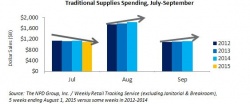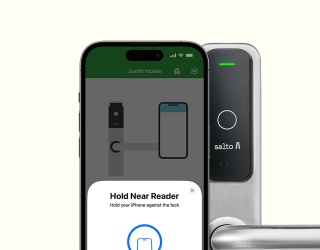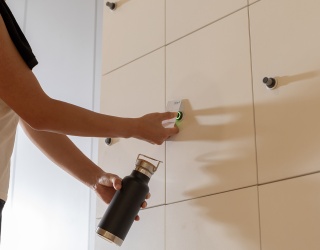The back-to-school shopping season is experiencing a shift, as consumers are spending less on traditional supplies in July and more in August, according to global information company The NPD Group. July experienced the weakest retail sales in three years.
“This year’s late arrival of Labor Day has had an impact on consumer buying patterns, though I expect to see sales pick up through September,” said Leen Nsouli, office supplies industry analyst, The NPD Group. “In some cases, schools have had to start a week earlier than usual, and a large percentage of schools, particularly in the Northeast and Midwest, started a week later, which means that many of these consumers will likely be shopping for supplies well into mid-September. Retailers must take into consideration these national differences in school start dates when determining how to pace their promotional back-to-school strategies.”
Overall retail sales grew three percent in the first two weeks of August, with brick-and-mortar, and online sales increasing by two percent and 19 percent, respectively. Though most back-to-school shopping occurs at brick-and-mortar stores, e-commerce is steadily gaining share.
The power of click
Online is growing as a school supplies shopping destination, but also as part of the decisional process that occurs prior to purchase. According to NPD’s 2015 Back-to-School Monitor, most consumers prefer to receive information about sales and price-saving opportunities via email alerts. In terms of pre-shopping research, “reviewing any retailer flyers/circulars available in the newspaper” and “going online and searching a retailer’s website” are the leading methods they prefer, with online research ranking first at the college level. When it comes to the online devices used, most consumers prefer to research on a mobile device and purchase on a laptop, showing that there are multiple layers to a consumer’s back-to-school shopping experience.
Driving more to brick-and-mortar
The average back-to-school shopper makes two shopping trips and ranks low prices, quality, and selection as the most important qualities when deciding where to shop. This combined with the fact that less than one-quarter of consumers prefer to shop in many locations means that the effectiveness and efficiency of each visit is especially important.
In the spirit of helping to drive traffic into stores, a handful of states offer tax-free holidays during the back-to-school shopping season, which generally include apparel, footwear, and/or school supplies. Data from NPD’s Store-Level Enabled Retail Tracking Service found that these holidays are effective in boosting supplies sales. In Mississippi, for example, the holiday was held during the last week of July. The week prior, Mississippi experienced a decline in supplies sales just as the rest of the country, but during its holiday week sales increased, while they continued to decrease in the other states.
“Tax-free holidays play a critical role in when consumers are shopping in those states and even nearby states. This year, at least 11 states pushed out their tax-free holiday period by one week, and states like Florida extended the holiday from three days in 2014 to seven days in 2015. With these shifts, we also anticipate seeing a shift in when consumers are shopping in-store, particularly for the states impacted by tax-free on important school list items.”
Source: The NPD Group, Inc.










